Mastering Dent Repair: Tools for Every Size Denta
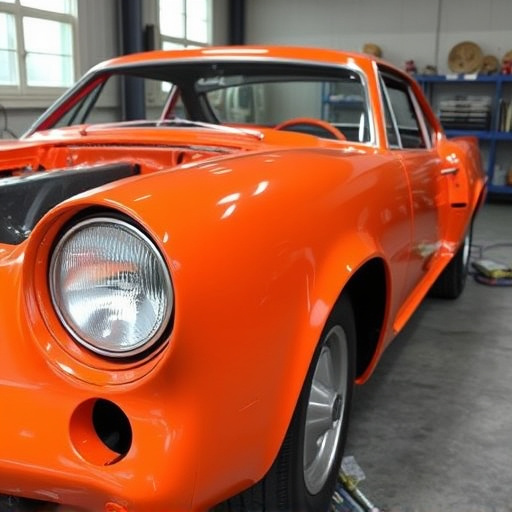
Dent repair tools vary by type and purpose, from paintless dent repair (PDR) for minor dents to trad…….
In the realm of automotive care and restoration, dent repair tools have emerged as indispensable assets for professionals and enthusiasts alike. These specialized devices are designed to address one of the most common issues plaguing vehicle owners—dents and scratches on their cars’ surfaces. This article aims to delve into the intricate world of dent repair tools, exploring their evolution, global impact, technological innovations, regulatory landscape, and future potential. By the end of this comprehensive guide, readers will have a thorough understanding of the critical role these tools play in the automotive industry and related sectors.
Definition: Dent repair tools, also known as dent removal tools or paintless dent repair (PDR) kits, are a set of specialized equipment and techniques used to remove dents, scratches, and minor deformities from vehicle bodies without affecting the paintwork. This non-invasive approach has revolutionized car care, offering cost-effective and efficient solutions for common automotive damage.
Core Components:
PDR Tools: These include various types such as paddles, clamps, and extractors designed to push or pull damaged panels back into their original shape. Paddles, for instance, are flat tools with a handle used to apply direct pressure on the dented area. Clamps provide a gripping mechanism to hold the panel in place during the repair process.
Air Compressors: Essential for powering certain tools, air compressors facilitate the quick and efficient removal of dents by providing the necessary force.
Heaters: Some PDR kits incorporate heaters to warm the dented area, making it easier to reshape without causing damage. This step is crucial for metal elasticity during repair.
Light or LED Sources: Used to illuminate hard-to-reach areas and guide technicians during repairs, these lights enhance precision and visibility.
Suction Cups: These tools create a vacuum to hold the damaged panel, allowing technicians to manipulate it without damaging surrounding surfaces.
Historical Context: The concept of dent repair dates back to the early 20th century when DIY enthusiasts sought ways to fix minor car dents. However, significant advancements came in the late 1980s with the introduction of paintless dent repair techniques and tools. This revolutionizing approach allowed for faster and more cost-effective repairs, gaining popularity among both professionals and amateurs.
The global market for dent repair tools has experienced substantial growth, driven by rising vehicle ownership, increasing demand for cosmetic car care, and the proliferation of DIY enthusiasts. According to a 2021 report by Market Research Future (MRFR), the PDR market is projected to reach a value of USD 5.7 billion by 2027, growing at a CAGR of 7.5% from 2020 to 2027.
Regional Analysis:
| Region | Market Size (2021) | Growth Rate (2020-2027) | Key Drivers |
|---|---|---|---|
| North America | USD 2.3 billion | 8% | High vehicle density, advanced DIY culture |
| Europe | USD 1.5 billion | 6.5% | Stricter emission norms, preference for cosmetic repairs |
| Asia-Pacific | USD 1.2 billion | 9% | Rapidly growing middle class, increasing vehicle sales |
| Rest of the World | USD 0.7 billion | 4.5% | Rising disposable income, expanding automotive industry |
Trends Shaping the Industry:
DIY Culture: The rise of online tutorials and DIY communities has encouraged car owners to take on dent repairs themselves, driving demand for accessible and affordable tools.
Mobile Repair Services: Mobile dent repair businesses are gaining popularity, offering convenience and saving customers’ time by coming to their locations.
Sustainability Focus: Environmental concerns have led to the development of eco-friendly PDR tools that reduce waste and minimize the impact on the automotive industry’s environmental footprint.
The dent repair tools market is a significant segment within the broader automotive aftercare sector, contributing to economic growth through various channels:
Job Creation: The industry supports numerous jobs, from skilled technicians to tool manufacturers and service providers.
Retail Sales: The availability of PDR kits and tools in retail stores generates revenue for distributors and retailers.
Service Industry Revenue: Mobile repair services and professional PDR shops rely on tool investments to provide quality repairs, contributing to local economies.
Insurance Claims: While dents may seem minor, they often lead to insurance claims, indirectly impacting the market through repair expenses.
Technological innovations have played a pivotal role in enhancing dent repair tools’ capabilities and efficiency:
Smart Tools: Modern PDR tools are now equipped with sensors and smart technology, allowing for precise measurements and real-time performance data. These tools can adapt to different panel types and provide optimal repair strategies.
Laser Technology: Laser-guided systems offer unparalleled accuracy in dent measurement and placement of repair tools, ensuring consistent results.
Digital Imaging: High-resolution cameras integrated into PDR kits enable technicians to capture detailed images of dents before and after repairs, facilitating quality control and documentation.
Artificial Intelligence (AI): AI algorithms are being developed to analyze damage patterns and predict the most effective repair methods, potentially revolutionizing the industry.
The regulatory landscape surrounding dent repair tools varies across regions, reflecting local automotive standards and consumer protection measures:
Safety Standards: Many countries mandate that PDR tools meet specific safety standards to ensure user protection during operation.
Environmental Compliance: Regulations related to waste management and eco-friendly practices guide the disposal of repair materials and tools.
Licensing and Certification: Some regions require technicians performing PDR services to be licensed or certified, ensuring a certain level of expertise and service quality.
Consumer Protection: Laws protect consumers from fraudulent repair practices and ensure transparent pricing for dent repair services.
Despite its numerous advantages, the dent repair tools industry faces several challenges:
Skill Shortage: The high skill level required for PDR can be a barrier to entry, leading to a shortage of qualified technicians. Addressing this through training programs and apprenticeship initiatives is crucial.
Inequality in Service Quality: Without standardized training, the quality of repairs can vary widely, impacting customer satisfaction. Implementing industry-wide standards and certifications can mitigate this issue.
Counterfeit Tools: The availability of counterfeit PDR tools poses safety risks and undermines the reputation of genuine manufacturers. Stricter regulations and brand protection measures are essential to combat this problem.
Environmental Concerns: While eco-friendly tools are gaining traction, the industry still faces criticism for generating waste during repairs. Developers must continue to innovate sustainable solutions.
Proposed Solutions:
The Challenge: A mobile repair business owner in a densely populated urban area sought to optimize their dent repair services, targeting fast turnaround times and customer convenience.
Solution: They invested in a fleet of modern PDR tools, including laser-guided systems and digital imaging equipment. This enabled them to offer on-site repairs, attracting customers with quick service and transparent pricing. The use of smart tools allowed for efficient damage assessment and precise repair execution.
Outcome: Within six months, the business reported a 30% increase in customer retention and a 25% reduction in average repair time. The adoption of technological advancements directly translated to enhanced customer satisfaction and improved operational efficiency.
Background: A local community center in a suburban area wanted to promote DIY car care among teenagers as a way to encourage vocational skills development.
Initiative: They organized workshops teaching dent repair using PDR tools and kits. The sessions covered tool safety, damage assessment, and basic repair techniques. Participants learned how to handle common car dents and scratches, promoting preventive maintenance.
Impact: Over 50 teenagers attended the workshops, gaining valuable skills that could lead to future careers in automotive care. The community center received positive feedback from parents, who appreciated the initiative’s focus on practical skills development. This case highlights the potential of community-based programs to foster interest in the field.
The dent repair tools market is poised for significant growth and transformation in the coming years:
Automotive Automation: The increasing adoption of autonomous vehicles may lead to new demands for PDR tools, as these cars require specialized repairs due to advanced paint systems.
Remote Repair Services: With advancements in technology, remote dent repair services could become a reality, allowing customers to receive repairs without physically bringing their vehicles to a shop.
Integration of AR/VR: Augmented and virtual reality technologies may be employed to enhance training programs and provide immersive learning experiences for aspiring technicians.
Sustainable Materials: The market is expected to see more tools made from recycled or sustainable materials, aligning with environmental sustainability goals.
AI-Driven Repair Systems: AI’s role in repair processes will expand, offering predictive maintenance and automated damage assessment, potentially reducing the need for certain manual tasks.
Dent repair tools have evolved from simple, rudimentary methods to sophisticated, precision instruments, reflecting the relentless pursuit of excellence in automotive care. This article has explored various facets of this dynamic industry, from its historical roots to cutting-edge technological advancements. The global impact and economic considerations highlight its significance in both developed and emerging markets.
As the industry navigates challenges and embraces emerging trends, dent repair tools will continue to play a pivotal role in maintaining and enhancing the aesthetic appeal of vehicles worldwide. Through continuous innovation, regulatory adaptation, and skill development, the market is poised for sustained growth, ensuring that vehicle owners have access to efficient, cost-effective, and environmentally conscious solutions for their car care needs.
Q: Are dent repair tools difficult to use for beginners?
A: While some PDR techniques require practice, many modern tools are designed with simplicity in mind. Beginner-friendly kits often come with detailed instructions and video tutorials, making it accessible for DIY enthusiasts.
Q: Can dent repair tools be used on all types of vehicles?
A: PDR tools are versatile but may have limitations on certain vehicle models, especially those with unique paint systems or complex body structures. Always check tool compatibility before attempting repairs on specific vehicles.
Q: How do I choose the right dent repair kit for my needs?
A: Consider your skill level, the type of dents you typically encounter, and your budget. For beginners, invest in a mid-range kit with essential tools; experienced technicians might opt for specialized tools catering to specific damage types.
Q: Are there any environmental concerns related to dent repair tools?
A: While the industry is moving towards sustainability, some tools and materials may contribute to waste generation. Eco-conscious manufacturers offer greener alternatives, and proper disposal methods can minimize environmental impact.
Q: Can I perform dent repairs on my own car?
A: Absolutely! Many car owners successfully repair minor dents using PDR kits. However, for more complex damage or if you’re a beginner, seeking professional help is advisable to ensure the best results.

Dent repair tools vary by type and purpose, from paintless dent repair (PDR) for minor dents to trad…….
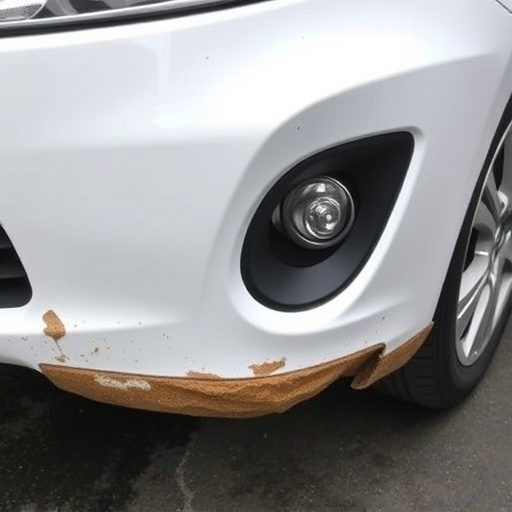
Using dent repair tools at home offers advantages like convenience and cost savings for minor dents,…….
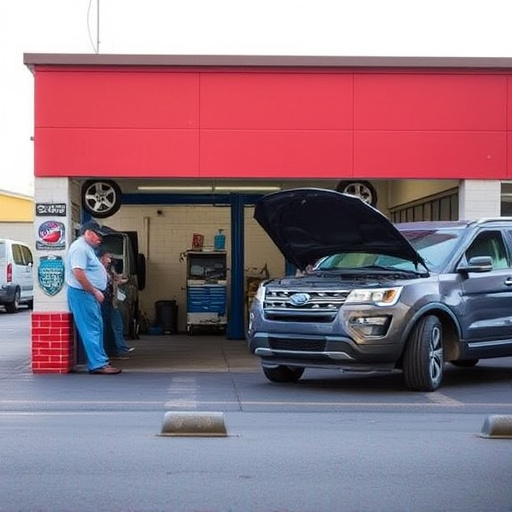
Dent repair tools, vital for auto body care, vary in design and technology. Adjustable tips, LED lig…….
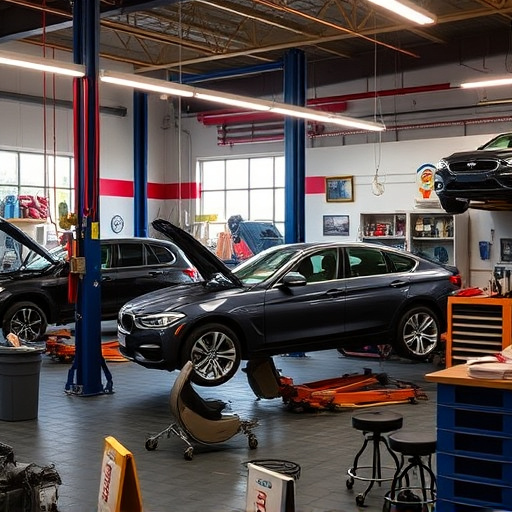
Car dents range from minor to severe, impacting appearance and safety. DIY dent repair tools offer c…….
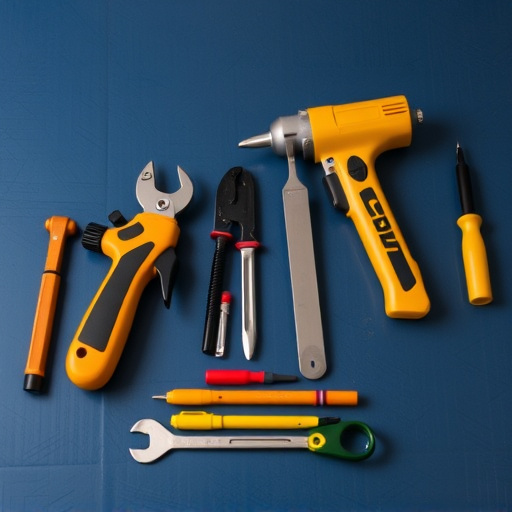
Dent repair tools play a pivotal role for both beginners and professionals in auto body repairs. Key…….
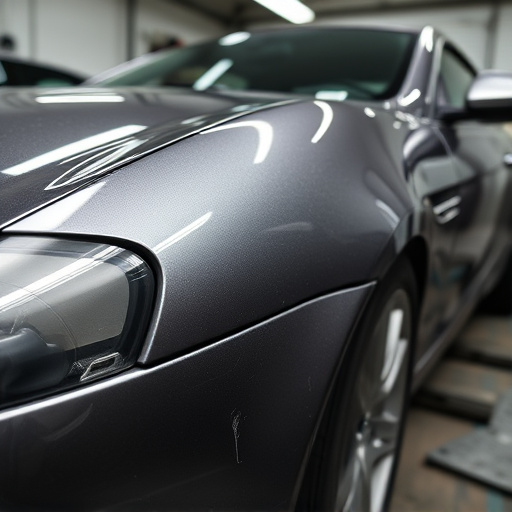
Dent repair tools have revolutionized auto body work, especially with paintless dent repair (PDR) te…….
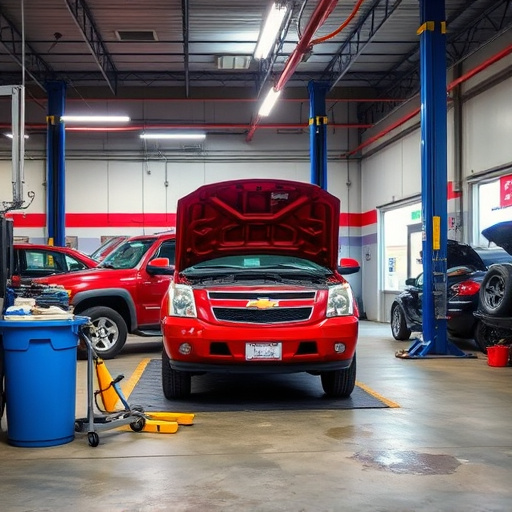
Dent repair tools have evolved to offer precision and efficiency in collision repair, saving time, m…….

Dent repair tools are vital for collision repair and automotive restoration, with essentials like ha…….

Dent repair tools revolutionize auto maintenance by offering efficient solutions for minor dents and…….

By 2025, dent repair tools evolve significantly with advanced technologies like AI and robotics, off…….